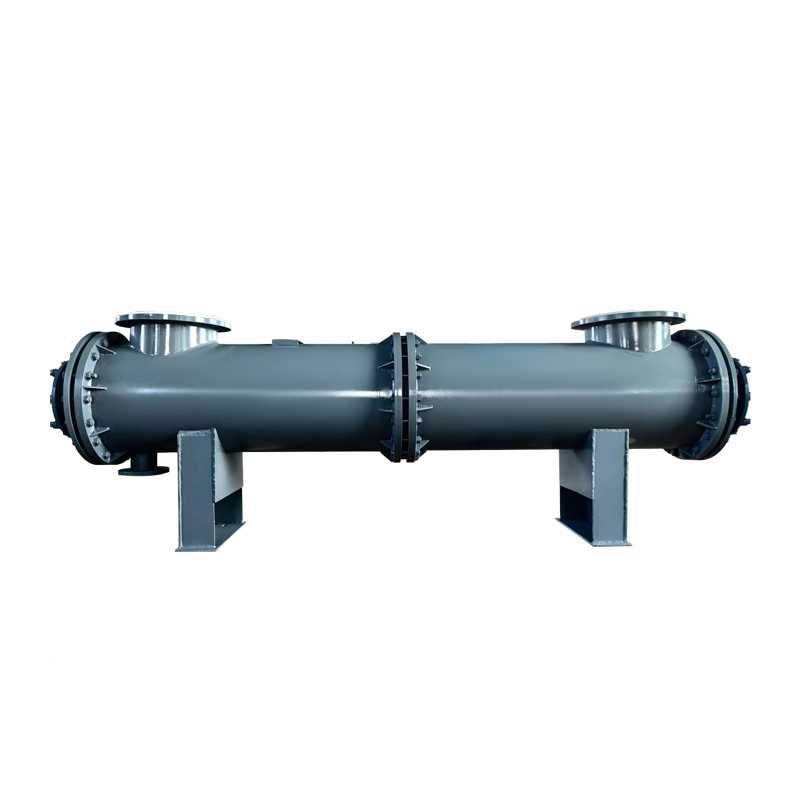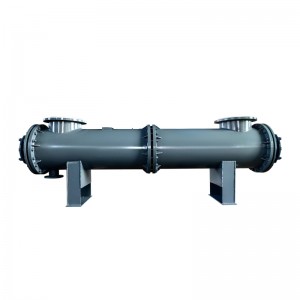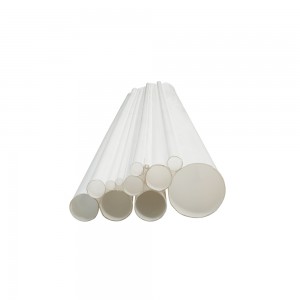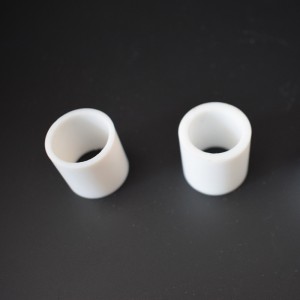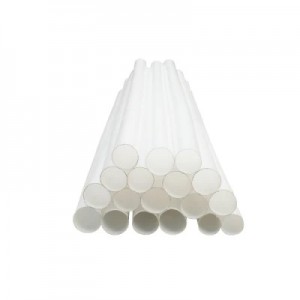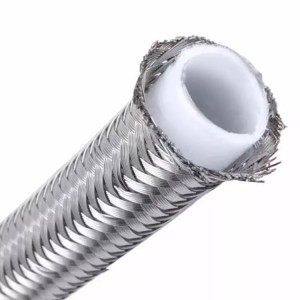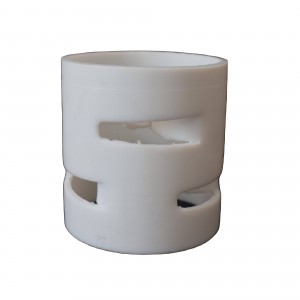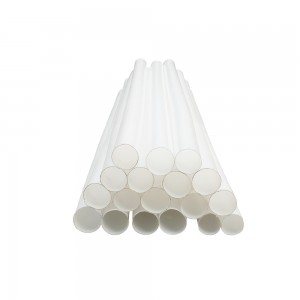Product Features
Shell and tube PTFE heat exchangers have many advantages compared with metal element heat exchangers.
1. Since polytetrafluoroethylene (PTFE) is a chemically inert material (referred to as F4) and has good corrosion resistance, the corrosion resistance of fluoroplastics is well known. The finished heat exchanger has been used in more than 100 media to remove high temperatures. It can work in almost all media except elemental fluorine, molten alkali metals, chlorine trifluoride, uranium hexafluoride, and perfluorinated kerosene.


2. Anti-fouling properties. Fluorine plastic pipes have smooth surfaces, large thermal expansion and great flexibility, making them less likely to accumulate scale and form a scale layer. They have good chemical stability to most media and greatly reduce corrosion products. or disappear. The smooth surface has strong water-increasing properties, non-stickiness and extremely low friction coefficient, so that the dirt or scale deposited on the pipe wall surface will be reduced or eliminated. Fluoroplastics have a large thermal expansion coefficient and good flexibility. Heat exchange tubes made of fluoroplastics, especially when the heat exchange tubes are woven into a twist shape, will cause the vibration of the heat exchange tubes caused by the agitation of the fluid, causing the scale layer on the tube wall to also vibrate. fall off. As a result, the tube wall of this heat exchanger remains relatively clean during long-term operation.


3. Small size, light weight and compact structure. The thermal conductivity of fluoroplastic is low, only 0.19W/m.℃, which is 1/250 of ordinary carbon steel. In order to reduce the thermal resistance of the tube wall and increase the total heat transfer coefficient, thin-walled tubes are generally used. To ensure the strength of thin-walled tubes, small-diameter tubes should be used. Due to the use of a large number of small diameter tubes, the heat transfer area per unit volume is large. Example: Compared with the weight and volume of the same 10-square-meter PTFE heat exchanger and the metal or non-metallic graphite heat exchanger, the PTFE heat exchanger is only about 1/2 of the other two. It can be seen that this kind of heat exchanger can be small in size and light in weight, thereby saving transportation, installation and operating costs.


4. Strong adaptability. Because the fluoroplastic pipe is soft, has a bending fatigue resistance life of more than 100,000 times, and an impact strength of 1.09J/cm³ at -57 degrees and 1.63J/cm³ at 23 degrees, the tube bundle can be made into various required special shapes. , and operate reliably for a long time under the conditions of fluid impact and vibration. This is difficult to achieve with other corrosion-resistant materials such as graphite, glass, ceramics and rare metals.


5. Long service life and easy maintenance. Our company has a great foundation and improvement in the research and development of fluoroplastic heat exchangers. The components that are prone to aging and corrosion in the heat exchangers have been gradually improved step by step, and the original ones have been improved. Based on this, we will further update to better adapt to our customers. So far, many manufacturers have used PTFE heat exchangers for more than 5 years. In this way, a large part of the expenditure is saved on the heat exchanger alone. . Secondly, the PTFE heat exchanger is easy to maintain. If leakage occurs during use, it can be repaired and pressure tested directly on site. This saves customers the round trip time of returning to the factory for maintenance and the production loss caused by parking, which is difficult to achieve with other heat exchangers.


6. The cost is objective. Although fluoroplastics as heat transfer elements are still expensive at present, using small-diameter thin-walled tubes, the overall heat transfer coefficient can be as high as 500W/㎡.℃. This can be mass-produced under relatively complete manufacturing process conditions. A kind of heat exchanger, and more importantly, the superior corrosion resistance can replace rare metals, thereby saving a large amount of rare metal consumption. In addition, due to the advantages of corrosion resistance and fouling resistance of fluorine plastic heat exchangers, other economic benefits can be obtained during use. Therefore, taking into account factors such as manufacturing, installation, operation and maintenance, the actual cost is relatively low.
The above advantages have been fully confirmed by the fluoroplastic heat exchanger used in industrial production, and it has been widely used in various media abroad.


